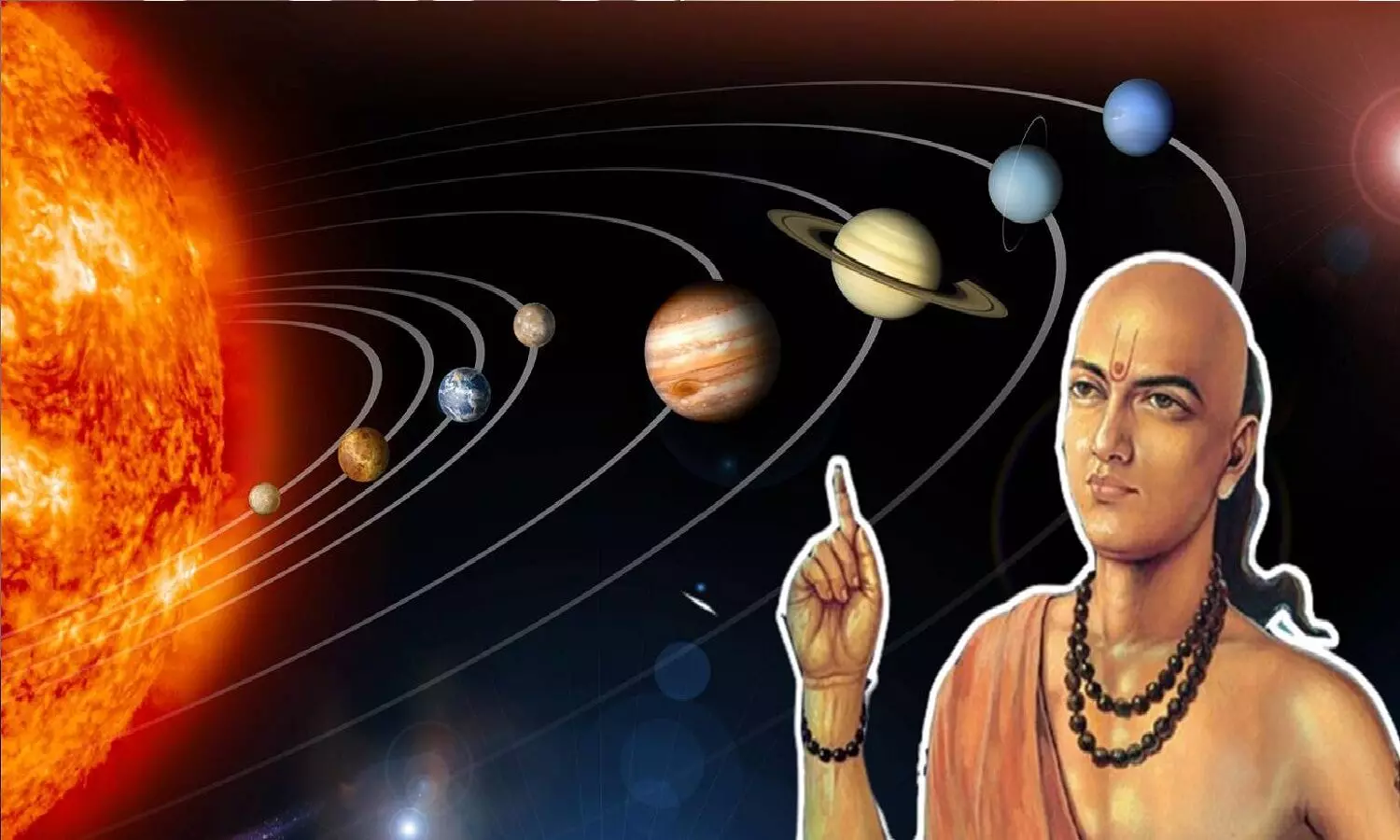Know More About Aryabhatta: The Famous Astronomer and Mathematician of Ancient India Through This Blog
Join us in exploring the incredible life and contributions of Aryabhatta, and find out how this ancient mathematician and astronomer still captivates and inspires admiration in the modern world.
Who was Aryabhatta: Introduction
Meet Aryabhatta, a brilliant intellect from the Gupta era in ancient India, around 476 CE. He was born in Kusumapura, today’s Patna, and is celebrated as one of the first significant mathematicians and astronomers. His key work, the Aryabhatiya, is a fascinating text that explores a range of subjects, including arithmetic, algebra, and astronomy.
In this significant text, Aryabhatta laid down some innovative concepts like the value of pi (π) and the place value system, which had a huge impact on mathematics. He was also one of the first to claim that the Earth rotates on its axis, which was a bold move against the traditional view that everything circles around the Earth.

His insights into solar and lunar eclipses showed he had a strong grasp of celestial mechanics, explaining that these events happen because of the shadows cast by the Earth and Moon.
Aryabhatta’s work did not remain confined to India; it spread across cultures and influenced scholars in Persia and Europe during the Islamic Golden Age. His ideas laid the foundation for future advancements in mathematics and astronomy.
Also, read – https://itihaaskikhoj.in/sanskrit-origins-tracing-the-languages-ancient-evolution/
The Early Years: Education and Influences
Aryabhata’s childhood was all about curiosity and a hunger for knowledge. He was born around 476 CE in Kusumapura, which is now Patna, and he grew up in a lively intellectual scene.
This was during the Gupta period, a golden age for education where scholars shared ideas without hesitation. Aryabhata was lucky to be part of this dynamic world of knowledge.
He had a natural talent for math and astronomy since he was a kid. His education started at a local school, where he got really into Vedic texts and math principles. The training was pretty tough, involving a lot of hymn memorization, grammar lessons, and astronomy studies, all guided by some wise mentors.

His passion for learning eventually led him to the prestigious Nalanda University, where he polished his skills even further. While at Nalanda, Aryabhata encountered some cutting-edge concepts and discussions that really opened his eyes to the universe. He connected with other brilliant thinkers, exchanging ideas and debating various theories.
This teamwork vibe really sparked his love for math and astronomy, helping him come up with fresh concepts that would eventually influence his amazing work. It wasn’t all about textbooks for Aryabhata; he also focused on practical skills. He learned to observe the stars and understand their movements, which laid the foundation for his amazing discoveries later on.

The blend of Hindu and Buddhist teachings really broadened his outlook, making him a versatile scholar. Those early experiences paved the way for him to become one of the most influential mathematicians and astronomers ever, and his impact is still felt today.
Read about Indian woman influencer – https://itihaaskikhoj.in/gargi-vachaknavi-indias-first-woman-philosopher/
The Aryabhatiya: A Masterpiece in Mathematics and Astronomy

The Legacy of Aryabhata: Influence Beyond Borders
The legacy of Aryabhata stands out as a brilliant highlight in mathematics and astronomy, reaching far beyond the limits of ancient India. His revolutionary concepts and discoveries weren’t just local; they crossed cultural and temporal boundaries, leaving a significant imprint on worldwide knowledge.
Once the Aryabhatiya was translated into Arabic during the Islamic Golden Age, it turned into a fundamental text for Arab scholars. They valued his contributions to math and astronomy, weaving them into their own work and helping to advance scientific understanding.
Influential scholars such as Al-Khwarizmi and Al-Biruni acknowledged Aryabhata’s ideas, especially his work on planetary motion and his clever application of trigonometric functions. His definitions of sine and cosine set the stage for future advancements in trigonometry, impacting mathematicians across the Islamic world and Europe.
Aryabhata’s contributions made their way to Europe via Latin translations, playing a key role in the scientific revival of the Renaissance. The way Aryabhata brought in the place value system and the concept of zero was a total game changer for math. It simplified calculations and made everything more efficient. These ideas are still at the core of modern mathematics.
Myths and Facts: Debunking Common Misconceptions
Aryabhata is known for his incredible contributions to science, but there are a bunch of myths floating around about him. One common one is that he invented zero but he actually didn’t; he was instrumental in getting it widely used in calculations.
Another misconception is that all his works have disappeared over time, but many of his writings are still around thanks to translations and the work of later scholars.
By understanding these myths, we can truly grasp Aryabhata’s impact on mathematics and astronomy and recognize the significance of the historical context.
Conclusion
Aryabhata is a key figure in the science world—a remarkable mathematician and astronomer whose discoveries have shaped our understanding of the cosmos for hundreds of years. His innovative work paved the way for future scholars to build on his theories. As we think about what he achieved, it’s clear that curiosity and creativity can go beyond time and culture, pushing us to uncover more scientific mysteries. Aryabhata’s influence remains strong, encouraging anyone in pursuit of knowledge to challenge themselves and dream big.

